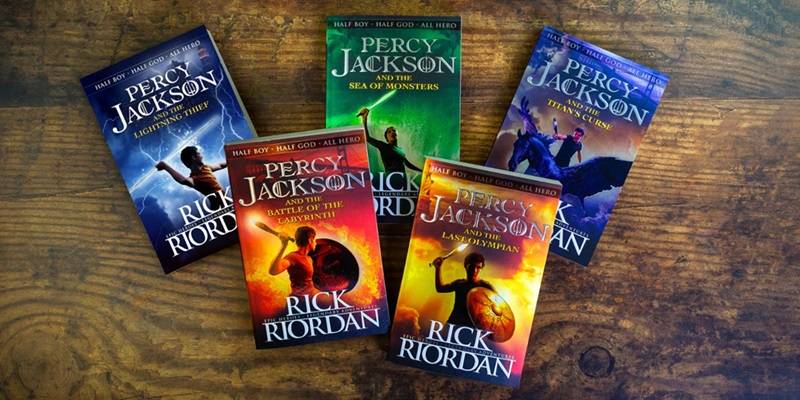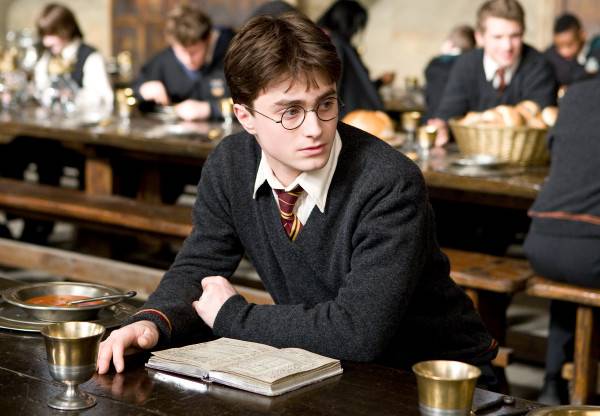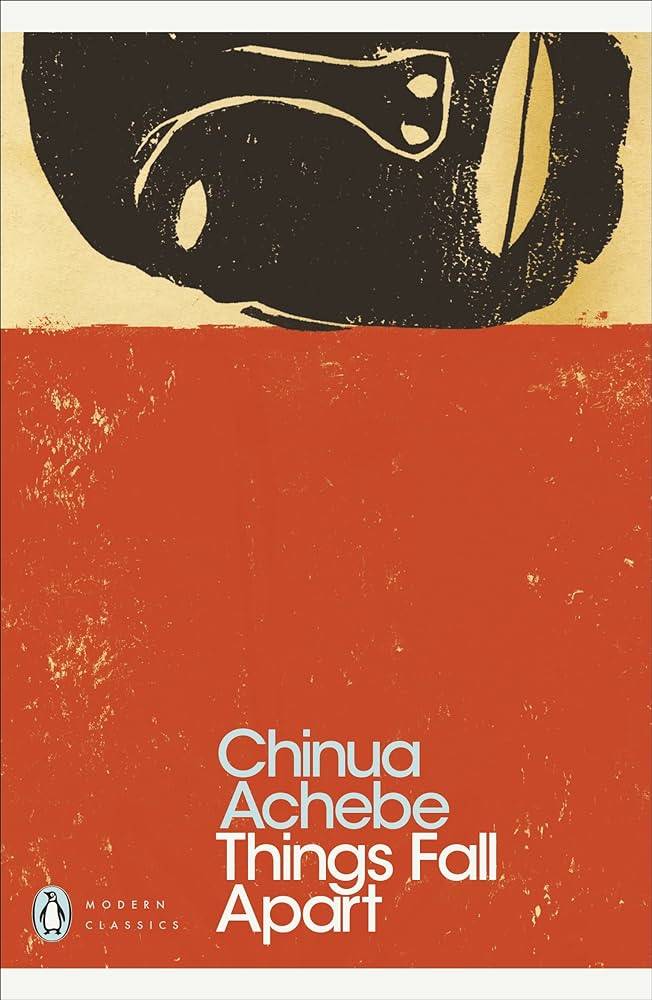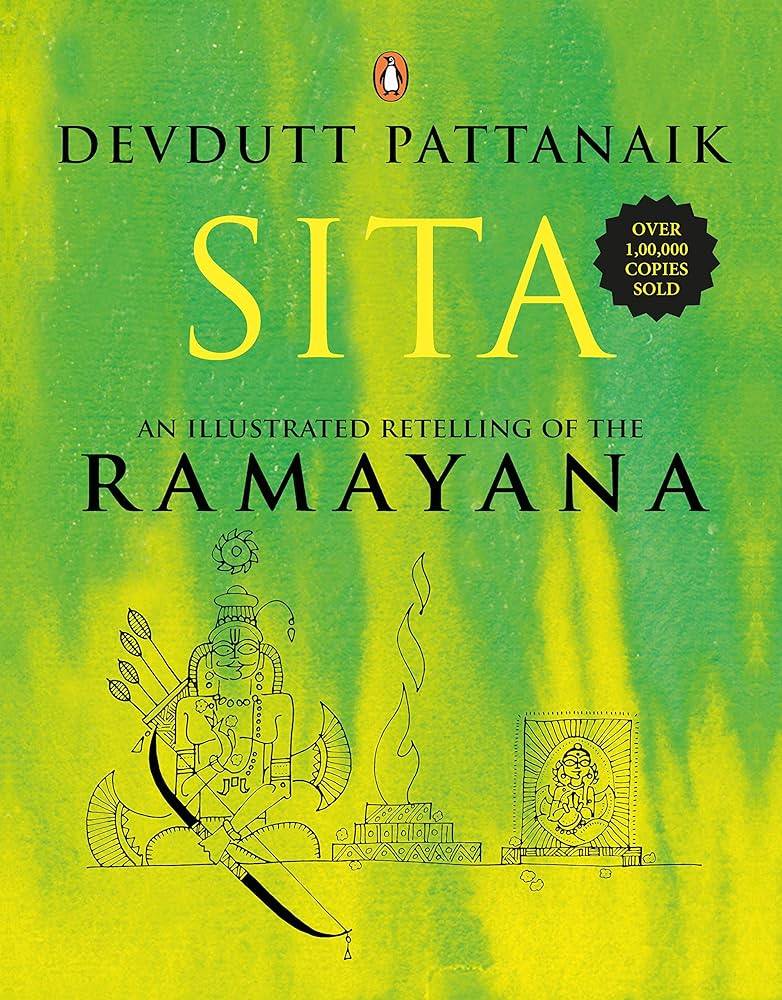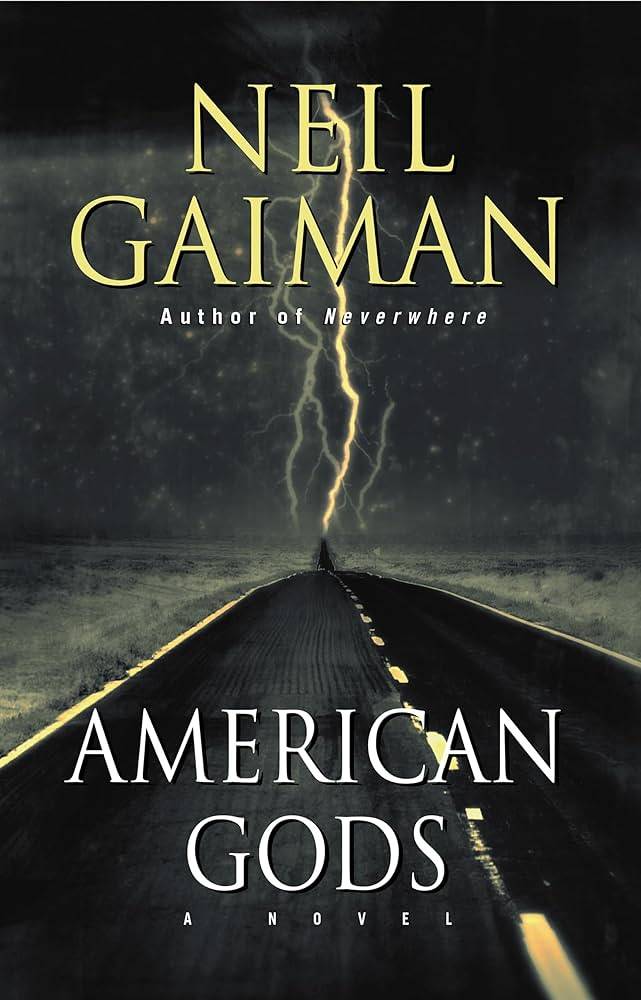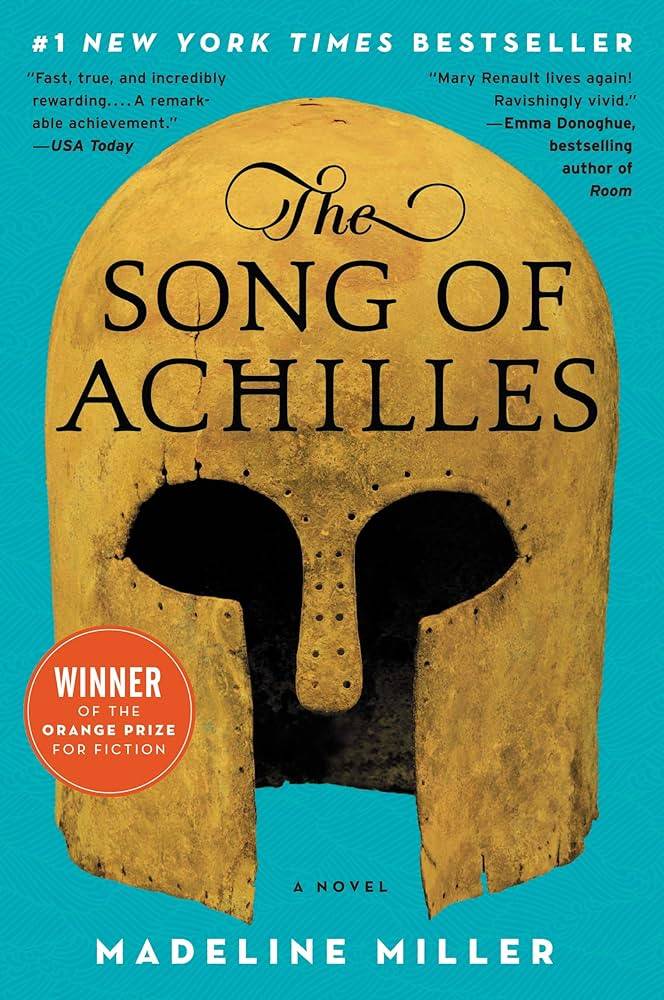Literature is made up of borrowed themes – you’ll find romances depicting everyday relationships to murder mysteries delving into the psyche of real-life villains. But one theme that stands out – and is loved by most – is the use of mythology.
Authors, old and new, have eagerly drawn inspiration from mythology to weave their fictional worlds. For instance, Rick Riordan’s Percy Jackson & the Olympians series is set against the fascinating backdrop of Greek mythology. Guess what? This is just one example in a sea of mythology-based works!
When you think of how much mythology appears in literature – with hundreds of books being solid proof – don’t you wonder about the exact relationship between mythology and literature? But to actually study that, you have to understand what mythology is.
What is Mythology?
Myths are symbolic stories that are said to relay actual events with supernatural connotations. These tales, therefore, feature figures – worshipped as gods and looked up to as heroes – with superhuman abilities. The tone of such tales is by default undeniably factual, which is why people can’t help but assume these stories are true.
Such myths came into existence when people in a particular society needed logical explanations for the uncanny phenomena that occurred around them. Moreover, their presence lets society establish moral boundaries by giving hope in bleak situations as well as providing comfort through the idea of an afterlife. There is a whole debate about whether these stories are true or not, but that doesn’t stop society from believing in them.
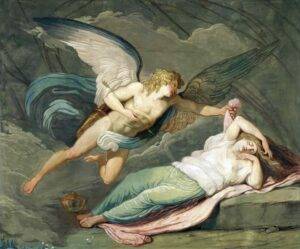
Different cultures and religions came up with their own set of tales, pertaining to their ideals and beliefs. This collection of myths is known as mythology. So, Greek mythology is made up of tales of ancient Greek gods, whereas Indian mythology comprises stories of deities and mythological figures recorded in Hindu texts.
Mythology can act as a mirror of the society and culture they hail from. For example, the themes of heroism and brute strength are often spotted in Norse mythology – and the story of Thor is enough proof. On the other hand, Lugh – Celtic God of the sun and light who is also a clever and cunning warrior – shows how much Celtic myths focus on characteristics like cleverness and cunning.
The Relationship between Literature and Mythology
The relationship between literature and mythology is symbiotic, i.e. of mutual dependence. Mythology can’t survive without literature; literature can’t exist without mythology and both can definitely not do well on their own. How so? Because myths have situated themselves as the base of literature, with its elements showing up in different ways in literary works.
In a way, myths and mythology can be attributed to being the original literature of society, though they were initially in an unwritten form. But those very tales – exchanged across the fire in the early ages – are now the stepping stones for authors from any part of the world.
For many decades, mythology has supplied a ready blueprint to help the authors build their stories. It offers to elevate any simple plot into a super-plot, allowing the authors to fascinate the readers. They seduce the readers not just with the mythology used but with their own creativity and writing style. And, as a result, even with full creative control, writers still like to return to the ancient myths for their stories.
-
Source of archetypal characters
Just like different genres have tropes, literary characters also come in unique moulds with a set of traits. Most of these characters, known as archetypal characters, have been picked up straight from the mythological stories you know. For example, characters like Willy Wonka, Puck, and even Harley Quinn belong to a certain archetype (trickster). And where does this trickster originate? From myths of different cultures, of course! The sources for this are Loki (Norse Mythology), Hermes (Greek mythology), and Brer Rabbit (African-American folklore).
Another, more prominent, example of such archetypes borrowed from mythology is the hero archetype. This archetype has a specific character arc, known as the hero’s journey, that is inspired by stories from many mythologies around the world. For example, mythological figures like Gilgamesh, Achilles and Hercules have become the basis for characters like Beowulf, Harry Potter, and Katniss Everdeen.
On top of this, archetypal themes, such as the quest for identity, the complexity of loss, and the battle between good and evil, come from mythological stories. Literature now considers them as tropes!
-
Cultural Echoes
The mythology of different cultures has its own set of unique yet relatable stories, symbols, and metaphors. As a result, mythologically inspired books are full of such references that are culturally significant. This inclusion creates a sense of relatability for the readers, as they connect the book’s themes and messages with mythology.
For example, Chinua Achebe’s Things Fall Apart focuses on Igbo mythology culture, and traditions. This realistic backdrop helps the readers hailing from the same community to relate to the book and whatever themes the book explores. Whereas the rest of the world is able to peek closely into a culture different from their own and appreciate it.
-
Exploration of Human Experience
The myths in themselves are known to explore the depths of human experience by employing universal themes, emotions, and fundamental truths about humanity. The search for meaning, shades of love, morality, and mortality manifest themselves as themes in these tales, telling us what to do and what not to do. The tale of Rama and Sita from Hindu mythology guides humanity on the power of duty, sacrifice, morality and pure love. Whereas, the stories of Maui – a prominent figure in Hawaiian mythology – symbolise the importance of bravery, adventure, and living harmoniously with nature.
Authors take the help of such myths to explore the various aspects of the human experience. They may decide to expand on them or reinterpret the original myths from modern perspectives. Doing so – exploring or even criticizing the myths – helps the stories reach and resonate with a larger audience. For instance, Devdutt Pattanaik’s Sita is a retelling of the Ramayana from Sita’s perspective. But this feminist revisit helps us appreciate this classic tale in a wholly different way, without diminishing the values imparted in the original story.
Books based on VS Books Inspired By – How does literature use mythology?
Literature utilises mythology in two ways and there is an obvious difference between the ways it’s used in books. There are books inspired by mythology and then there are novels based on myths.
The first type of book takes core elements, character archetypes, and themes from mythology and incorporates them in an imaginative setting. Such books don’t follow myths to the T. Instead, these texts take the ancient mythological figures from them and put them in a modern, even fantastical, context. Moreover, themes also get reinterpreted in a modernized style. Quintessential examples of this are Neil Gaiman’s American Gods and Rick Riordan’s Percy Jackson & the Olympians series.
On the other hand, you see novels like Madeline Miller’s The Song of Achilles and Margaret Atwood’s The Penelopiad. These books differ from the earlier ones because they are based on mythology. Here, the plot stays true to the mythology it derives from, without changing any characters or themes. Many times, these books can also be referred to as retellings of popular and lesser-known myths, letting the world explore the vast world of mythology.
And this brings us to retellings, a variation commonly spotted in both these types. However, you’ll mostly see this in the romance genre, where authors use the chemistry of popular mythological pairs for their stories. In fact, you’ll see many retellings featuring Hades and Persephone, Cupid and Psyche, and even Orpheus and Eurydice.
Final words
The bond literature and mythology share seems straightforward yet complex at the same time. But there’s no denying the fact that mythology has a profound influence on literature. Authors juxtapose the mythological elements with modern themes, creating works featuring impressive creativity. Fortunately, since literature will never stop evolving, the way it draws upon mythology will only get more innovative!
Sources:
Lugh’s photo: https://celticnative.com/lugh-celtic-god-of-light/
Rama and Sita: https://www.pinterest.com/pin/187743878205126045/
Maui: https://kullencoble.com/blog/demigod-maui-polynesian-mythology/
Cupid and Psyche: https://www.thoughtco.com/cupid-and-psyche-117895
Hades and Persephone: https://medium.com/autumns-august/hades-and-persephone-a-story-of-love-power-and-the-cycle-of-life-fa70f442f8

